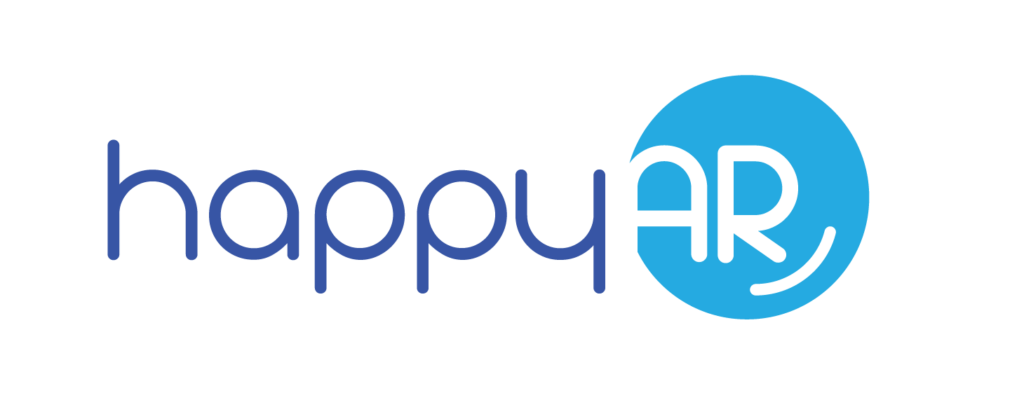Business owners who offer credit sales understand that at some point, an account may become past due. While it’s unfortunate, not all customers may pay in a timely manner. It is important to understand when an account is simply overdue and when it has become completely uncollectible.
Depending on the terms that a business offers, payment may be due upfront, upon delivery of goods or services, or within a certain time frame after goods and services have been delivered. It is common practice for businesses to offer customers extended payment terms of net 30 or net 60 days for instance.
This period allows their customers to go through the accounts payable process and submit payments. However, if customers are repeatedly late on their payments or don’t submit payments at all, companies may be forced to take additional action to collect payments due.

What Are Uncollectible Accounts Receivable?
Uncollectible accounts are those that don’t respond to requests for payment. A company may send repeated notices of the amount due or try phone calls. If the customer refuses to respond or set up a payment plan, it is indicative of an uncollectible account.
Some uncollectible accounts can occur with one customer’s account, or there may be multiple customer accounts that are overdue at one time. A specific customer who has not submitted payment may be having financial issues. It’s important for the accounts receivable department to try to work with them to resolve their outstanding debts.
If there are multiple clients with unpaid account balances, this is indicative of a problem in the credit approval process. The approving company may want to consider performing credit checks on their customers before extending credit or require payment to be made upfront.
How Should My Company Handle Uncollectible Accounts?
When an account is deemed to be uncollectible after exhausting all options to obtain payment, certain adjustments will need to be made in the financial statements. Most companies wait to make these adjustments until they are completely certain they won’t be collecting the amount that is due to them.
This procedure results in an accounts receivable balance that reflects a growing amount of unpaid revenue. For example, an accounts receivable aging report can reflect a significant portion of unpaid accounts receivable that is past due for a long period of time.
To clean up the balance sheet and eliminate worthless assets that won’t be collected, the accounting department must perform a set of journal entries.
What Journal Entries Are Required for Uncollectible Accounts Receivable?
Common accounting practices require a set of journal entries to be made for uncollectible accounts. Prior to the actual write-off of an account, an estimate will be made for the percentage of accounts expected to be uncollectible.
This estimate is usually made on historical performance. For example, a company may expect that 5% of the amount of accounts receivable balance will become uncollectible or part of doubtful accounts.
Once the percentage is determined, an adjusting entry will be made between a contra asset account and bad debts expense. This approach is known as the allowance method.
Using the same example, if a company had $100,000 of accounts receivable due at year-end, they would make a credit entry to the contra asset account for $5,000 and a debit entry for $5,000 to uncollectible accounts expense.
This estimate is typically performed at the end of each accounting period for financial reporting purposes. A final adjustment is made at the fiscal year-end.
This approach aligns with the matching principle established in generally accepted accounting principles and ensures that bad debts are recognized in the proper accounting period on the income statement.
Accounts receivable will have an overall debit balance, while the contra asset account will have a credit balance. While the contra asset account has the credit balance, it is still included as part of current assets, not liabilities, in the general ledger.
If a specific customer is later determined to have an uncollectible account, an entry to credit accounts receivable and debit the contra asset account will need to be performed.
These entries will appear on the company’s balance sheet only, as the initial entry to debit bad debts will have been assumed to have been made under the allowance method in the prior period.
If a customer’s balance is collected after it has already been written off, the accounting department can record a credit entry to the specific account for the customer in accounts receivable and a debit to cash. In addition, an entry for the same amount must be made between accounts receivable and the contra asset account.

How Do I Know When an Account Has Become Uncollectible?
Financial managers need to know when to write an account off as uncollectible. In most cases, there is a standard set of procedures that they follow to make the determination. In other cases, the decision may not be as clear.
Once an account has passed the overdue mark, it’s important to have a discussion with the customer. Start with a written notice, and then try to get them on the phone to establish why they have not yet made payment. It’s possible that the payment was overlooked or has been made but not yet received.
Sometimes, customers may no longer be able to pay the debt. This condition can be due to job loss or other financial insecurity. They may also pass away or move with no forwarding address. If the customer is a business, it may become insolvent. In all of these situations, it can be safe to say that an account is uncollectible.
How Do Bad Debts Affect Your Business?
If bad debts are allowed to continue, a number of things can occur that will negatively affect your business:
- Reduction of the net realizable value and liquidity of accounts receivable
- Possibility of losing the trust of investors due to uncollected accounts
- Reduced expected cash flow, which can disrupt the cash availability of the business to meet expenses
- Diminished cash flow can result in insolvency or bankruptcy
- Potential for overstated revenue
To mitigate issues with accounts receivable, ensure that you have a strong credit policy and regularly monitor the payment of your customer’s accounts.

How Can I Reduce Uncollectible Accounts?
There are a number of ways to reduce uncollectible accounts if you feel they are becoming an issue. While it can be nearly impossible to completely eliminate the potential for unpaid customer accounts, you can reduce them through specific actions. We strongly advocate for automating your invoice follow-up using email sequences, see our platform for how it can help you speed up your AR collections.
Perform a Credit Check on New Customers
While it can be exciting to receive a new customer, make sure to run a credit check on them prior to issuing them a credit allowance. A credit check will reveal any payment problems that a customer has with other businesses.
If a credit check indicates that the customer has payment issues, don’t extend them credit terms. Instead, require that they pay upon delivery or upfront for any services or goods purchased.
Clearly State Your Payment Terms and Conditions in Writing
Before delivering goods or services to a customer, make sure to provide them with a written contract indicating the terms and conditions of the sale, especially if they will be paying on credit. You can also indicate any late fees that will be charged if payment is not made.
Require a Down Payment for Credit Sales
To mitigate the potential for uncollected amounts due, require a down payment for any customers who purchase items under credit terms. Down payments can be for all customers, or they can be for certain customers with poor credit history. You can also require them on the basis of the amount of the sale.
Offer Discounts or Incentives for Upfront Cash Payment
Incentives may encourage your customers to pay before the due date. While it may diminish your overall earnings for the sale, it can reduce the number of accounts that become entirely uncollectible.
HappyAR is a seamless SaaS that quickly and easily boosts your accounts receivables work. We have simple monthly pricing that includes unlimited users and unlimited invoice escalations. There’s no long-term contract, and you can try HappyAR for free.

